How to Prevent and Treat Styes — Naturally
Updated Nov. 4 2020, 1:27 p.m. ET
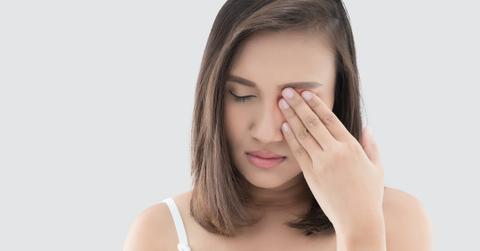
It’s never fun to wake up and realize that it’s not just a loose eyelash or an errant piece of dust in your eye, it’s a stye. For those of you who have never had the pleasures, styes are red bumps, sort of like a pimple, that form on the outside edge of eyelids. The telltale signs of a stye are pain or irritation, increased tear production, soreness, and itchiness. You’ll also notice a tiny red pimple sitting in line with your otherwise inconsequential eyelashes.
They usually go away in a day or so, but in the interim, the sore little buggers are not exactly pleasant to have around. Thankfully, there are some tried and true methods to speed up your stye’s passing and some good, natural ways to keep them from coming back.
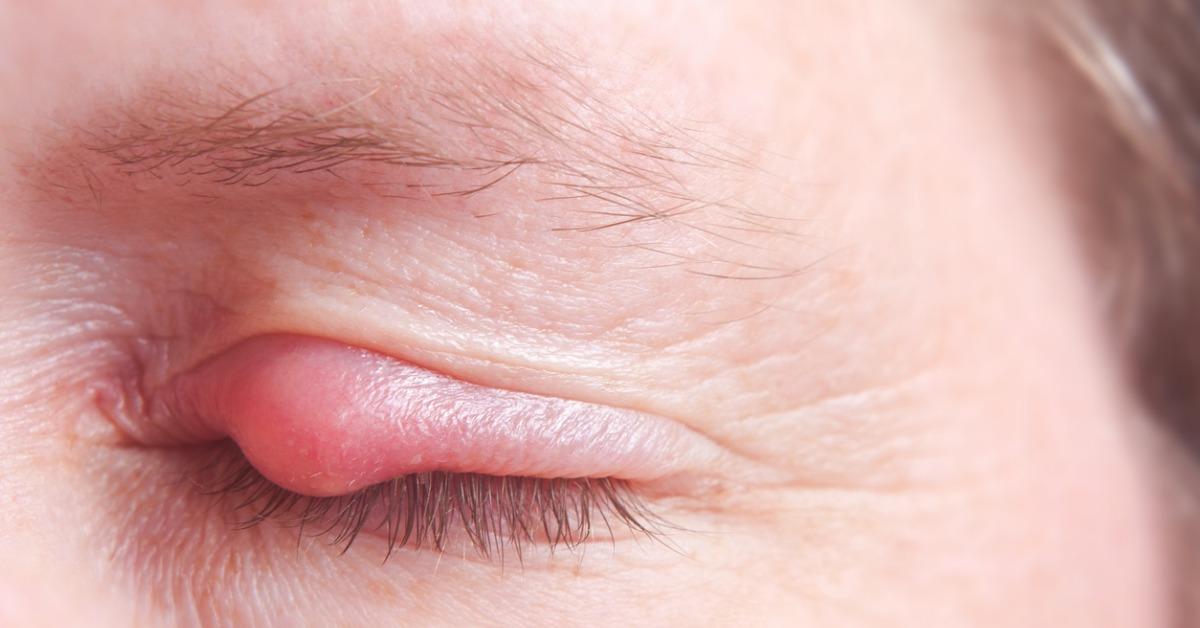
How does a stye form?
A stye, otherwise known as a hordeolum, usually forms when dead skin, dirt, or oil buildup clogs the pores on the edge of your eyelids. Allergy season can also increase the chances of this happening as pollen can get caught in the eyelashes. Eyelids have a surprising amount of tiny oil glands, which makes them more susceptible than one might think to becoming clogged. Blocked glands usually discharge their contents when bathing, but if bacteria grow inside and become trapped, a stye can develop.
How do I treat a stye, naturally?
The natural healing process for styes is not a complicated one. It usually takes between two and five days for one to clear up on its own. You can certainly help speed up the process, however. Over-the-counter pain medication can be used to reduce swelling if any of these natural remedies don’t work, but if the stye is causing serious pain and interfering with your day-to-day life, consider calling a doctor.
Antibacterial medication can work too, though you ought to consult your dermatologist about such things. If it isn't that bad and you can afford to try something else in the meantime, there are plenty of natural and organic methods to speed things along.
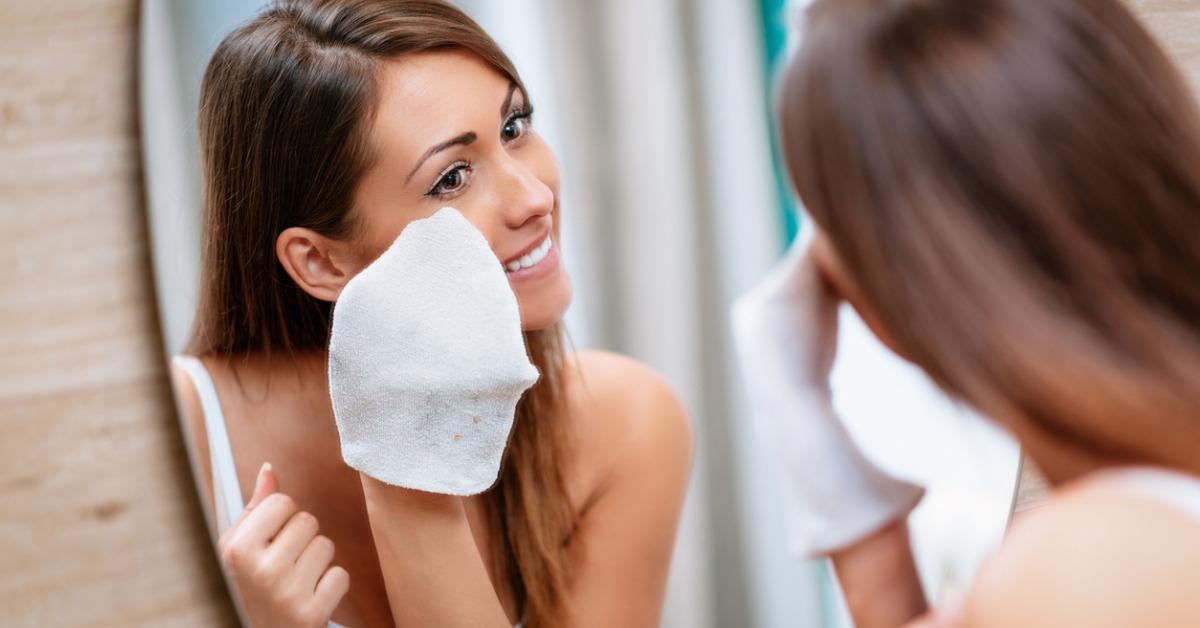
Use a warm compress to heal a stye.
One of the oldest remedies also happens to be the most widely recognized for its simplicity and effectiveness. First, wet a clean washcloth with very warm, but not too hot, water. Wring the cloth out so that it’s damp but not dripping, and place it gently over the affected eye for about five to ten minutes. Do NOT try to squeeze or puncture the stye.
Repeat this three to four times per day as needed. Warm compresses help bring the pus within the stye to the surface. Then, the warm water and heat help to dissolve the pus and oil so the stye can drain naturally.
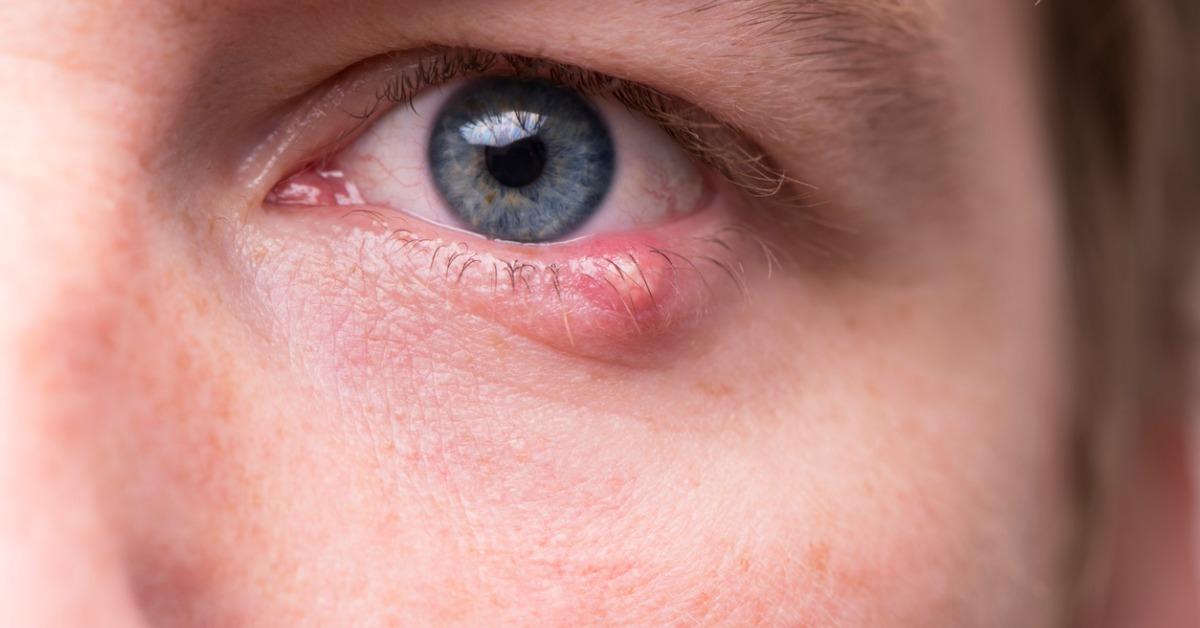
Wash your eyes with gentle soap and water
Cleaning the eyelid with mild soap and water can be useful but only if you’re very, very careful. The skin around your eyes is magnificently thin, so avoid using any harsh, synthetic soaps on the affected area. Look for non-irritating, potentially hypoallergenic soaps or face washes. Tear-free baby shampoo mixed in warm water would be a good recommendation, but be sure to apply the wash with either a cotton swab or a soft, clean washcloth. An eye-safe saline solution could also help promote drainage and break down the bacterial membranes in the stye, so this would work as well.
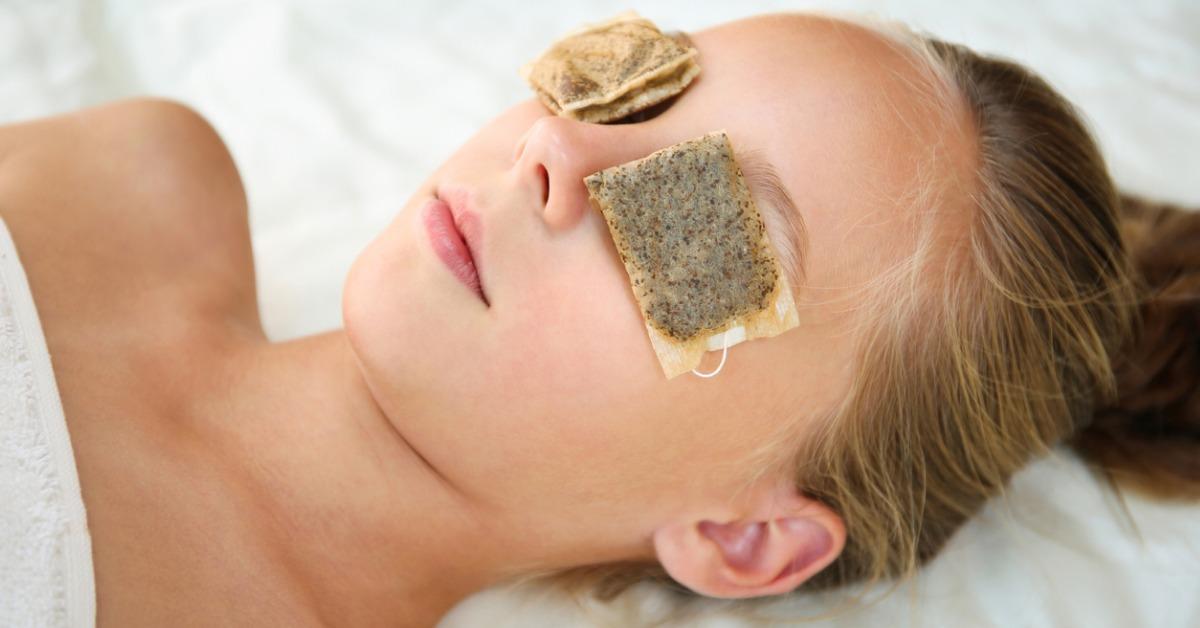
Use a warm teabag to help alleviate swelling in a stye.
Black tea bags are good for a number of home remedies. Instead of a warm cloth compress, you can use a warm teabag. Black tea, in particular, has anti-inflammatory properties and can reduce swelling. It also has some antibacterial properties as well. Simply boil water, steep the teabag for about a minute, and leave the bag to cool on the counter until it's comfortably warm. You can do this for five- to 10-minute intervals about twice a day.
Can you pop a stye?
You can, but you should not. Do not pop, squeeze, or touch a stye if you do not have to. Squeezing will release pus that may help spread the infection. Simply allow it to heal naturally or use some of the above methods to coax the stye into healing with a little wet heat. If you suspect your stye is on the inside of your eyelid, however, see your doctor. They can probably drain it at their office.
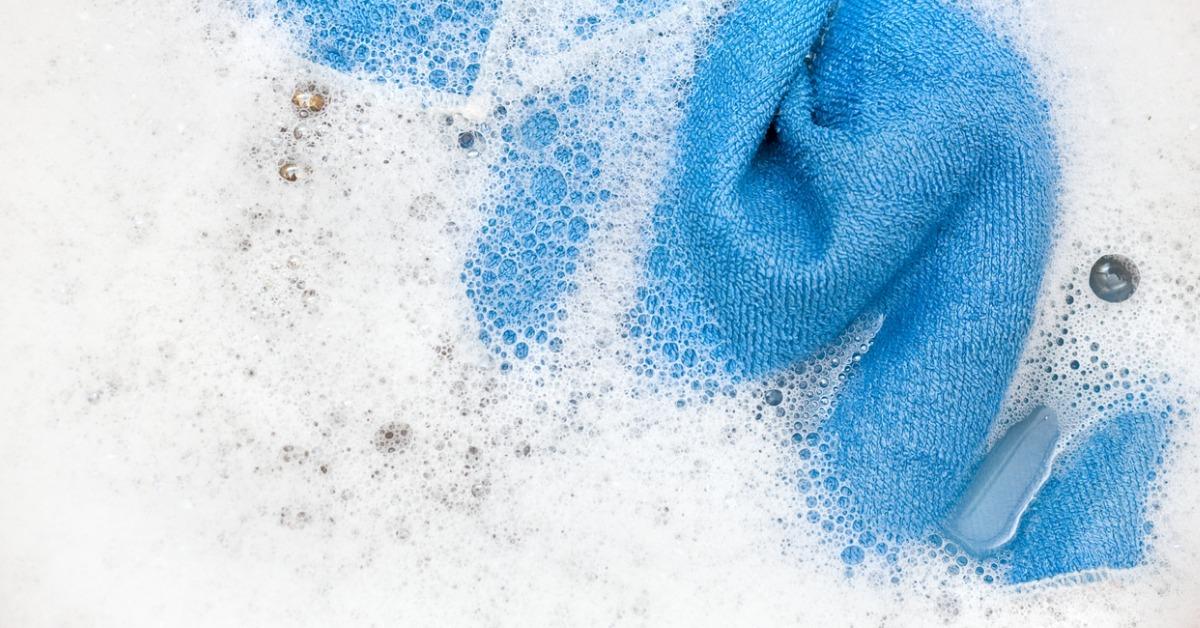
How can I prevent styes in the future?
Being mindful about eyelid cleanliness is the best way to prevent chronic styes from forming. Washing your hands often is a great way to prevent styes and the spread of other germs as well. In the age of COVID-19, these mindful measures towards good hygiene are excellent habits to get into anyway.
If you have a stye, avoid wearing makeup at all until the issue has subsided. Makeup can only delay the healing process and irritate it even further. Note that bacteria from the stye can also be transferred to any makeup or tools you use whilst you have one, thereby spreading the infection to your other eye.